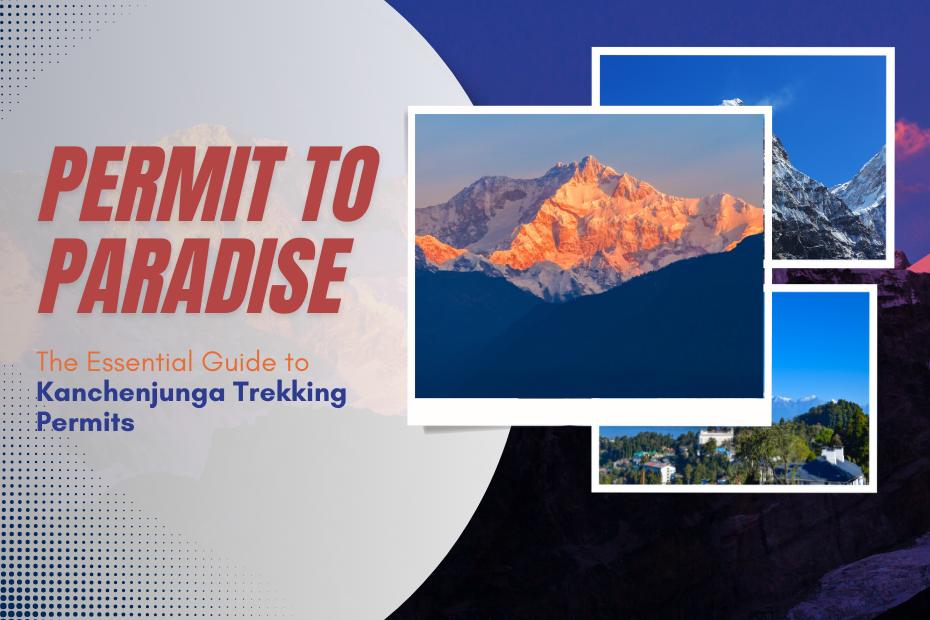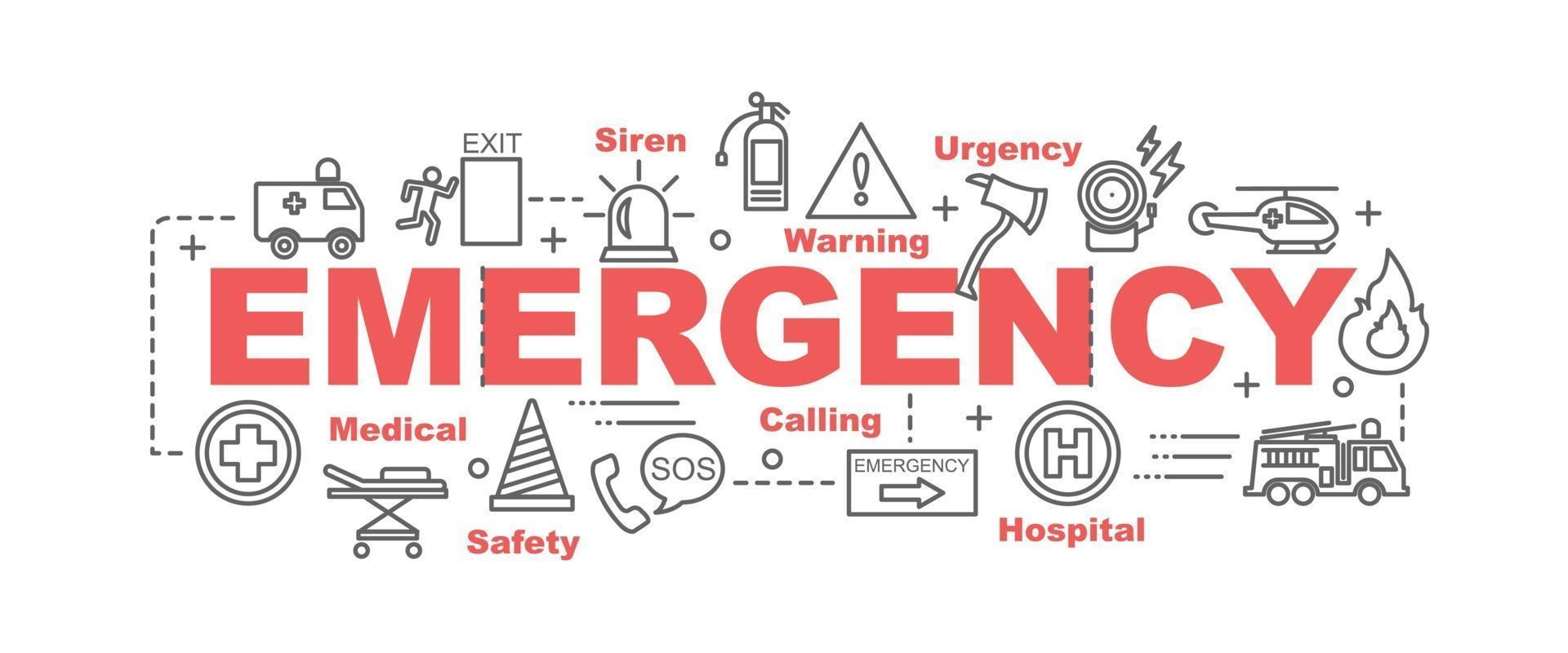
Trekking Permits
Introduction to Trekking Permits in Annapurna
Trekking in the Annapurna region requires trekkers to carry valid permits issued by the Government of Nepal. These permits are essential not only for legal entry into protected areas but also for the safety and conservation of the region. Whether you're trekking the full Annapurna Circuit or taking on shorter trails like Ghorepani or Mardi Himal, having the proper documentation is mandatory.
Types of Permits Required
For most treks within the Annapurna region, two main permits are required: the TIMS Card (Trekkers’ Information Management System) and the ACAP Permit (Annapurna Conservation Area Permit).
The TIMS Card is used to maintain records of trekkers for safety purposes. It assists in tracking movements and providing support during emergencies. The ACAP Permit is issued to support the conservation and sustainable development of the Annapurna Conservation Area, a region rich in biodiversity and cultural heritage.
Special Permits for Restricted Areas
If your trek includes restricted areas such as Nar Phu Valley or Upper Mustang, you will need a Restricted Area Permit (RAP) in addition to TIMS and ACAP. These areas are regulated more strictly, and permits are issued only through registered trekking agencies. Trekkers must also be accompanied by a licensed guide in these regions.
Where and How to Obtain Permits
Permits can be obtained in Kathmandu or Pokhara through the Nepal Tourism Board offices. Most trekking agencies, including Sunny Holidays Nepal, handle all permit arrangements on your behalf, making the process seamless and stress-free. It is important to provide accurate information during the application, such as travel insurance details, passport copies, and emergency contacts.
Checkpoints and Inspections
There are several permit checkpoints along the Annapurna trails, especially at key entry points like Besisahar, Ghorepani, Chame, and Jomsom. Trekkers must carry permits at all times and present them when requested. Failure to do so may result in fines or being denied passage through certain areas.
Why Permits Matter
Trekking permits are not just a formality they support trail maintenance, safety infrastructure, local development, and environmental conservation. The fees collected from permits go directly toward protecting the trails, wildlife, and cultural landmarks that make the Annapurna region so special.



